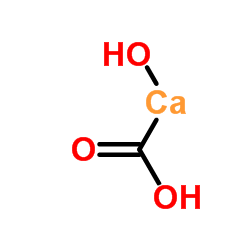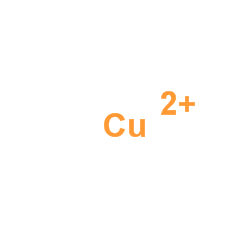| Structure | Name/CAS No. | Articles |
|---|---|---|
 |
calcium carbonate
CAS:471-34-1 |
|
 |
Copper
CAS:7440-50-8 |
|
 |
Coconut oil
CAS:8001-31-8 |